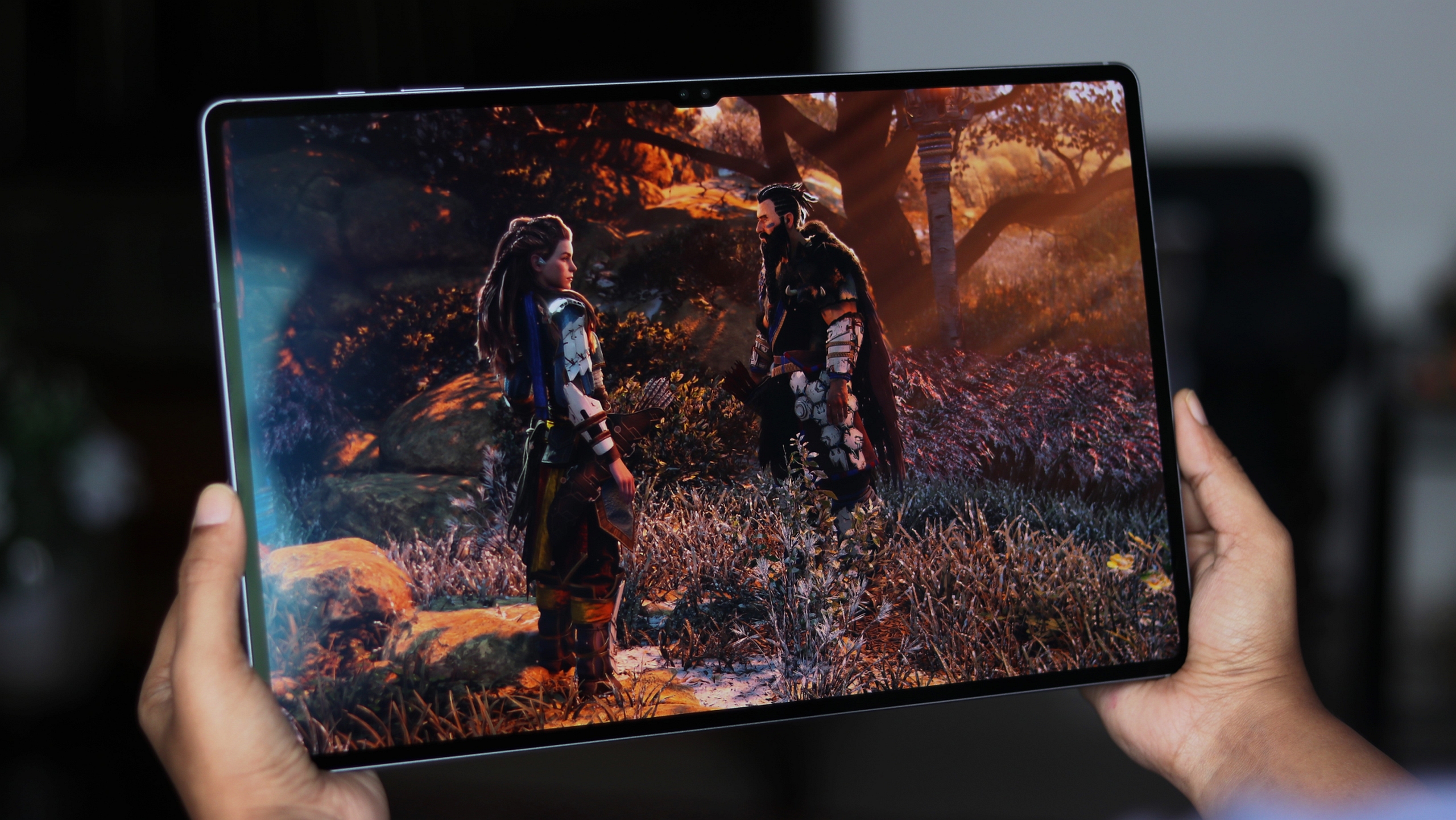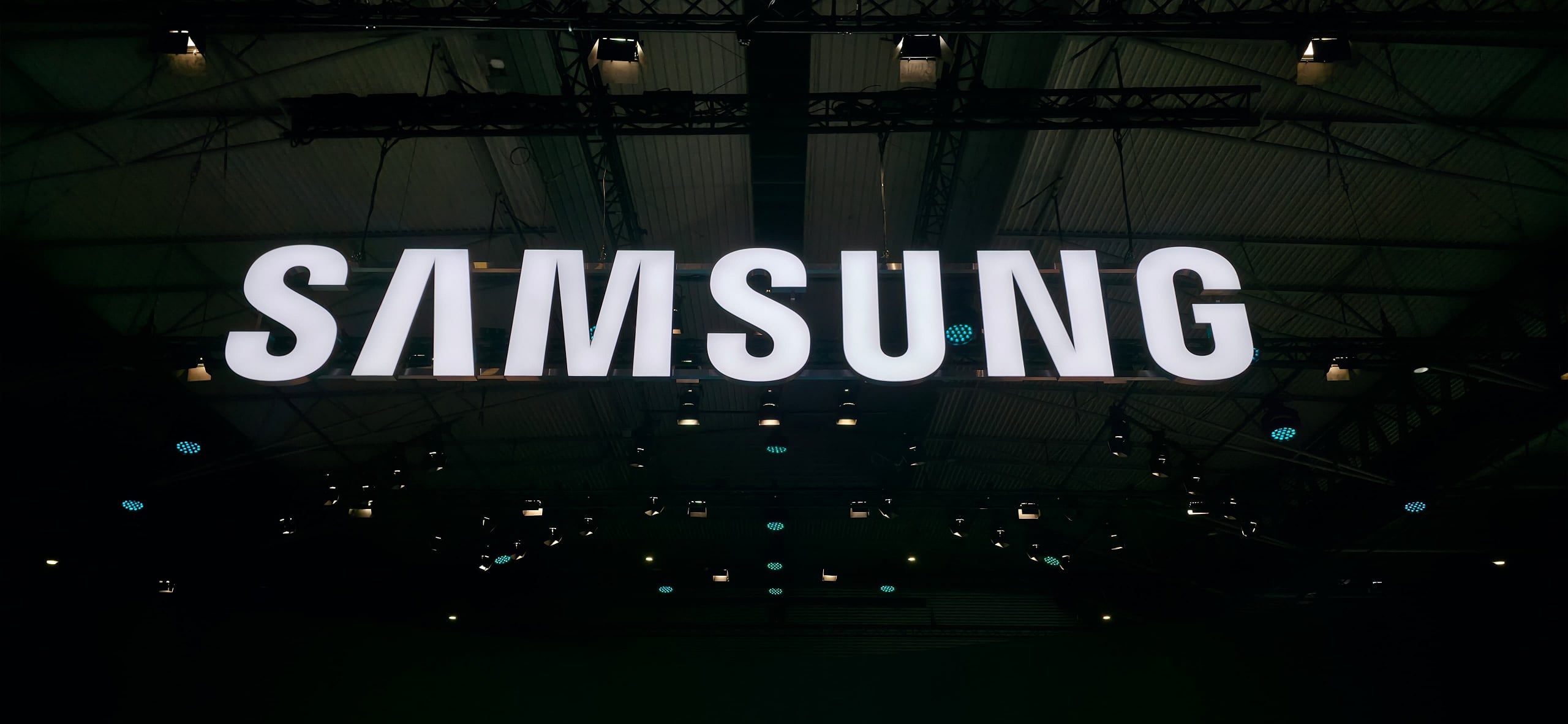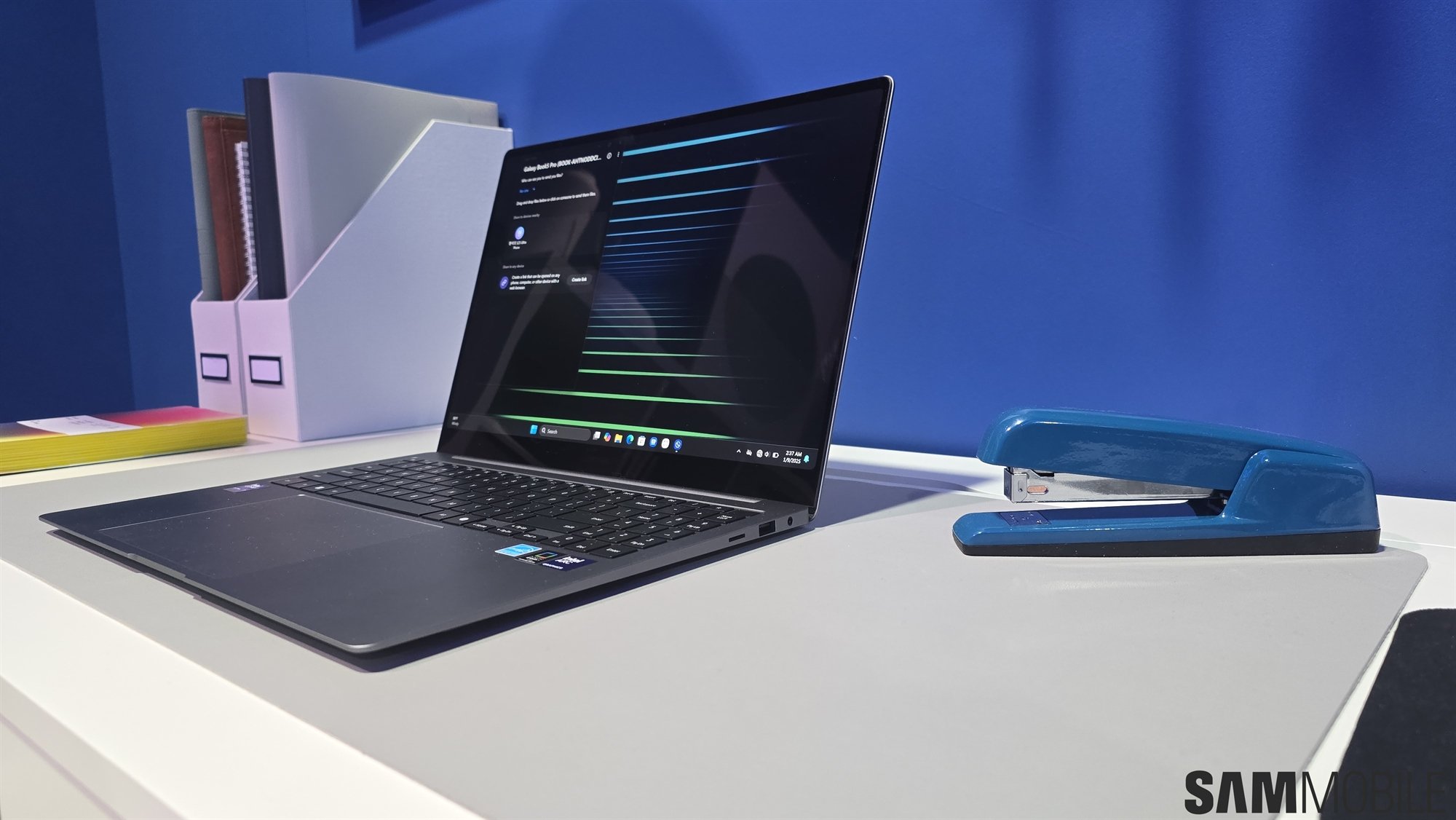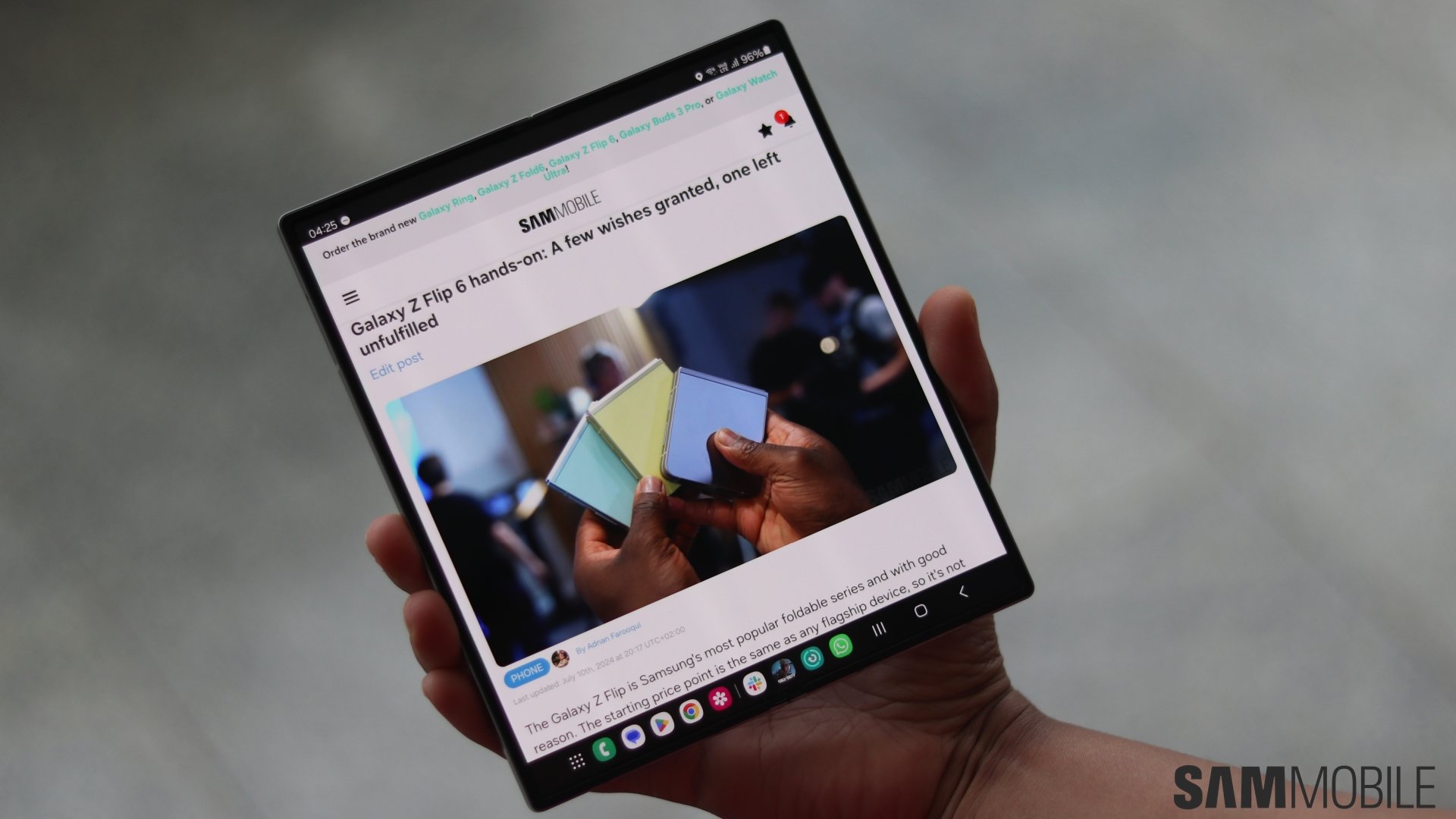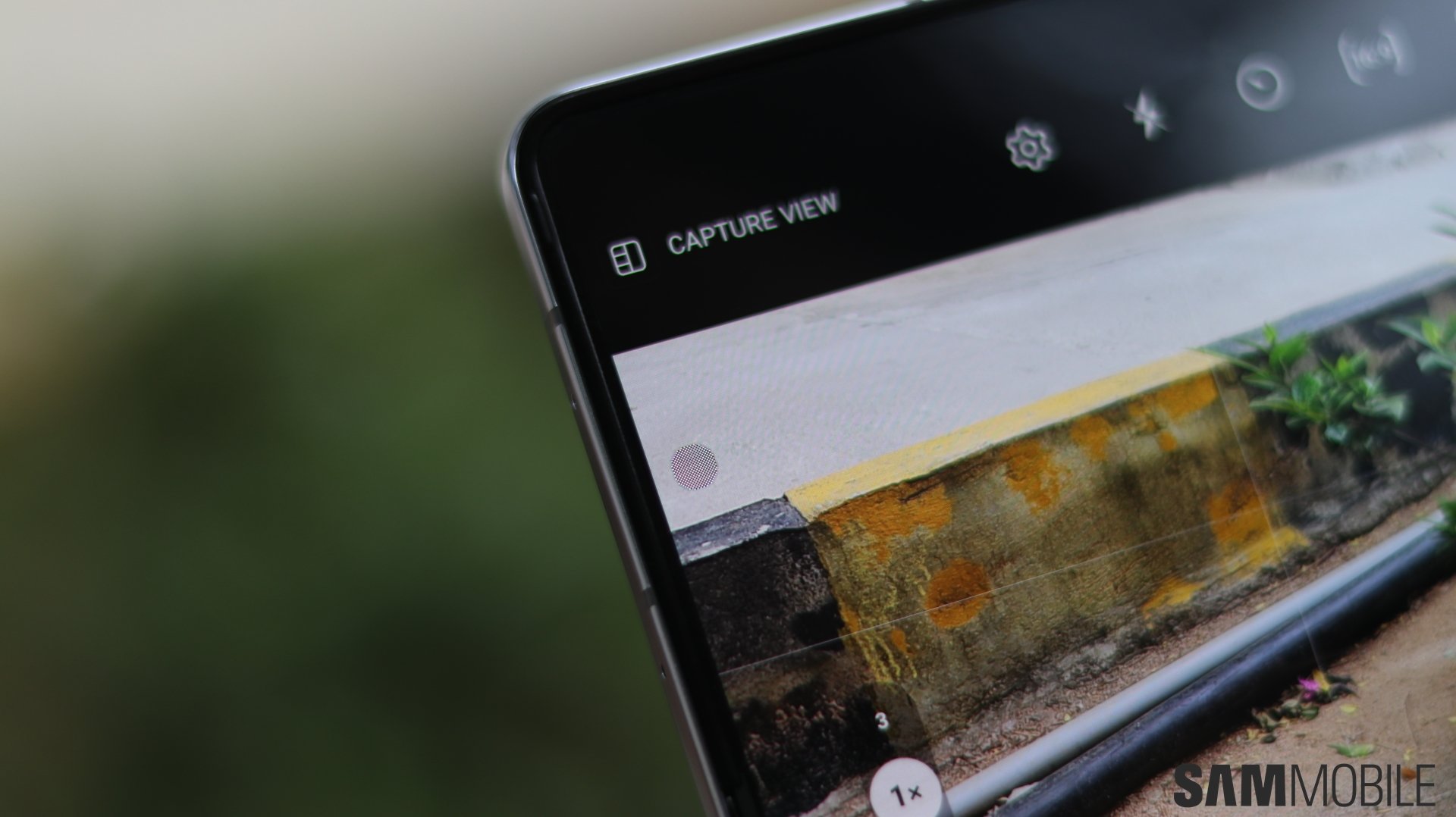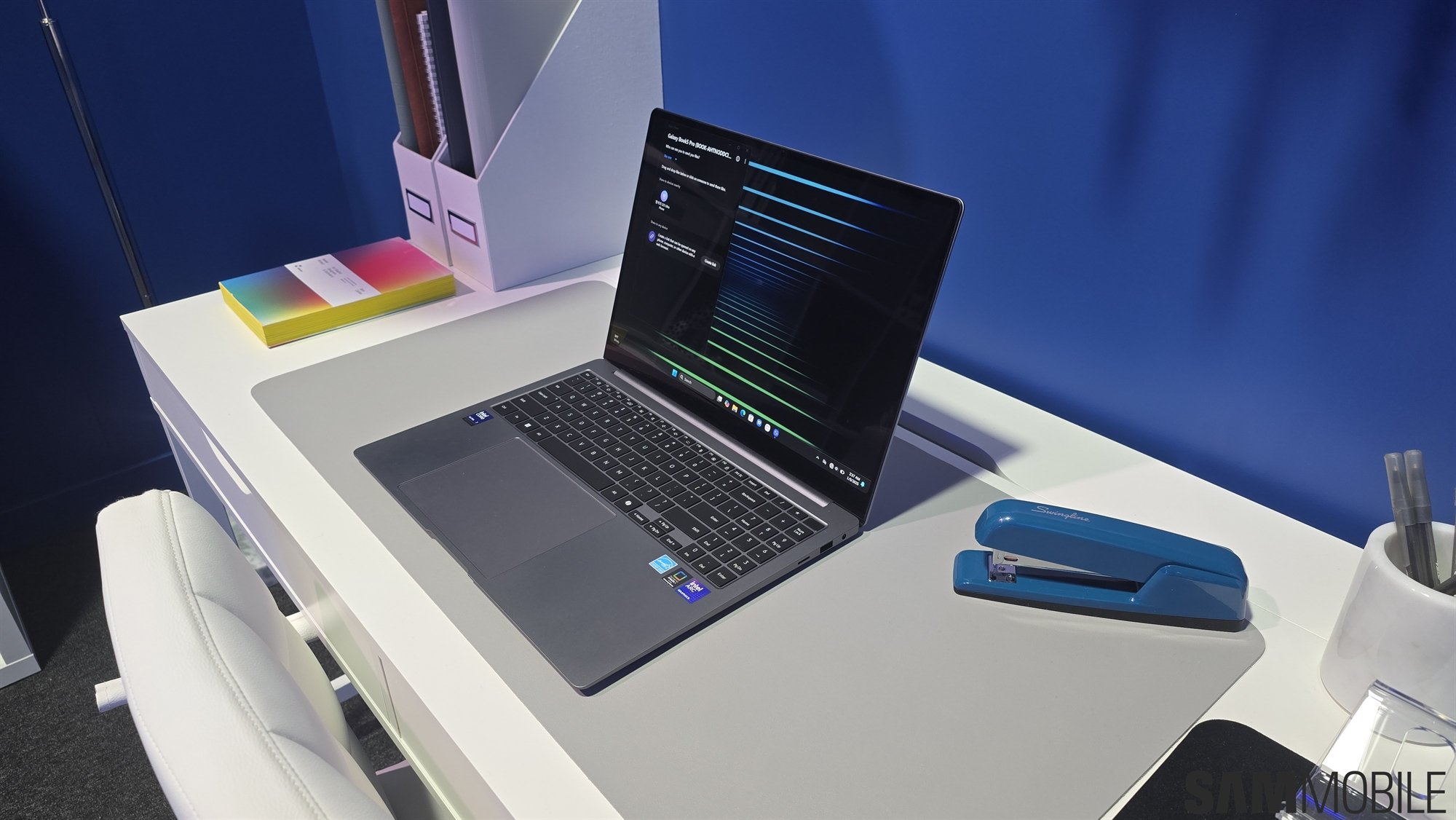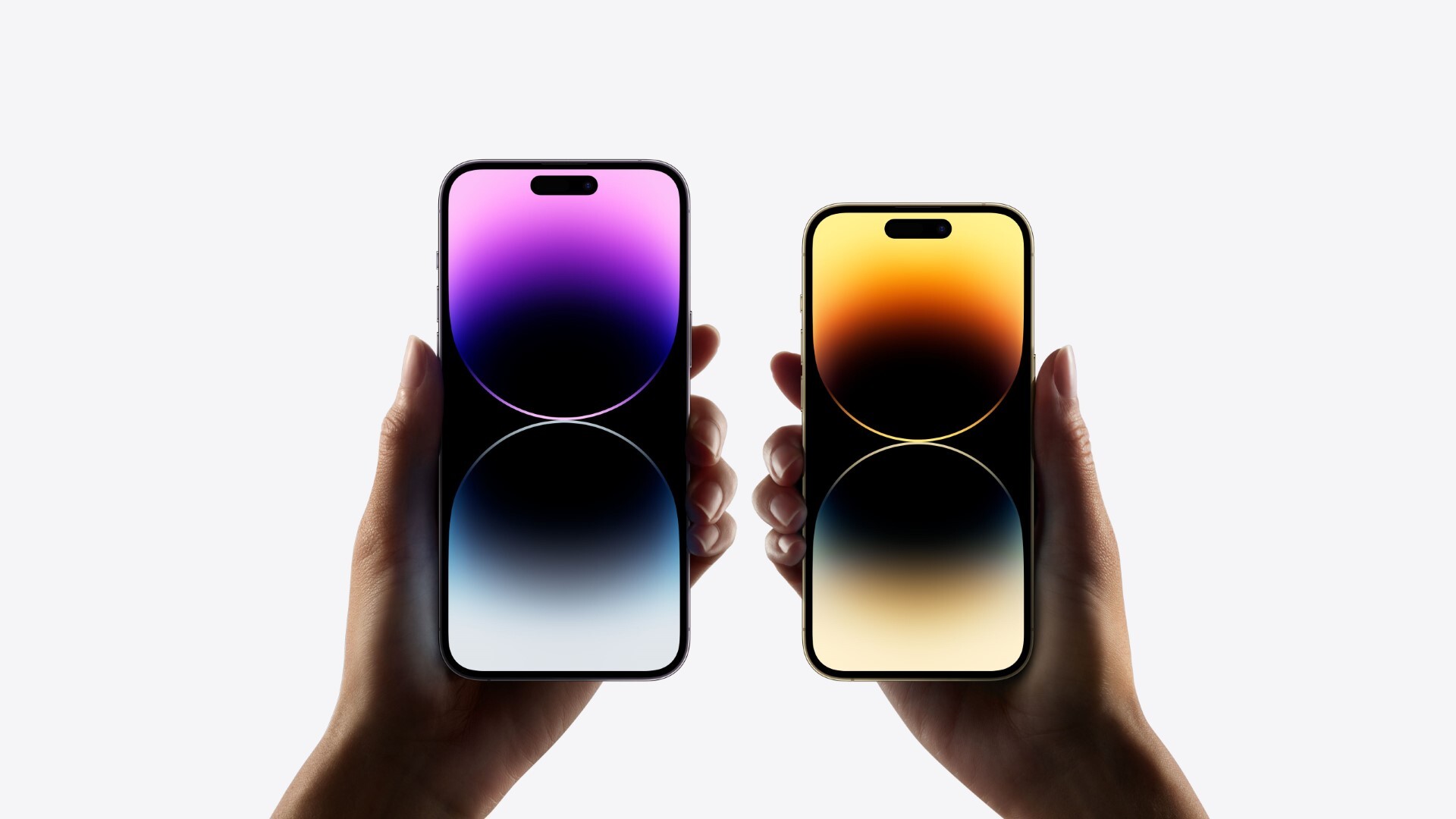
We all know that Dynamic Island is more of a software gimmick, but Samsung had to do some additional things in order to go around Dynamic Island, which Apple wanted to achieve. Samsung was notably forced to use an additional inkjet printing process in order to seal the iPhone 14 Pro series's display to protect it from moisture and oxygen.
Prior to the iPhone 14 Pro, Samsung used to use the OLED inkjet printing deposition method during the TFE (Thin Film Encapsulation) process for the iPhone 13, iPhone 14, and iPhone 14 Plus. However, for the iPhone 14 Pro lineup, Samsung used additional inkjet equipment for TPE and the touch layer to enhance the display's durability and life span.
Samsung said that it could only do laser cutting and sealing, but Apple's demands were something different. Cupertino wanted to use the inkjet printing method to seal the Dynamic Island edges and create a separation from the rest of the OLED panel. SEMES, a subsidiary of Samsung Electronics, manufactured the equipment that Samsung used to produce Apple's display. LG Display, which also produced displays for the iPhone 14 Pro Max, also applied the same method.
It is reported that the LG Display had some issues meeting Apple's requirement for the iPhone 14 Pro Max display, which seems to have been resolved. Moreover, Samsung supplies two types of displays, i.e., the 6.1-inch Pro and 6.7-inch Pro Max models. LG Display, on the other hand, supplies the display only for the iPhone 14 Pro Max.

